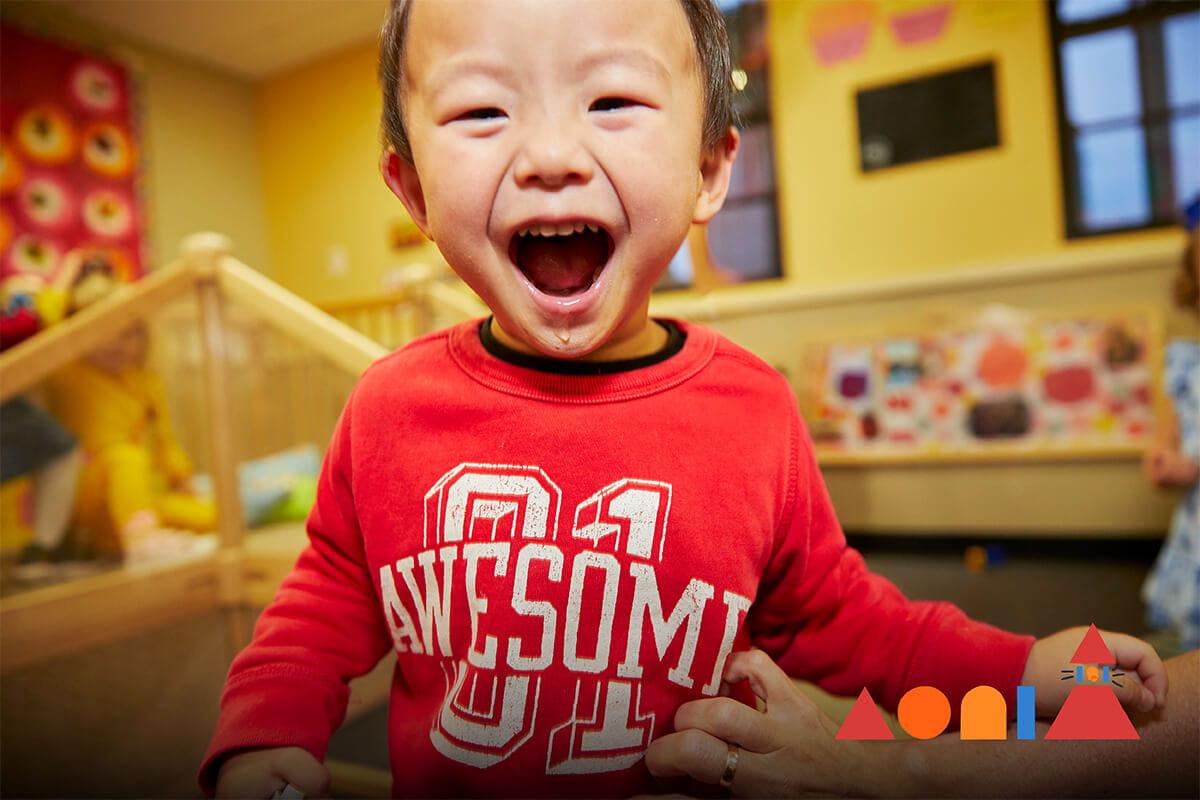How to Potty Train: The Guide to Positive Potty Practices
5-minute read
Article Overview:
Moving your toddler from diapers to the potty can be a big transition. Learn how you can make this journey a positive experience for both you and your little one:
- Spot the signs. Look for signs that your child is ready for potty training, like showing interest in the toilet, staying dry for hours, and being able to communicate bathroom needs.
- Start the conversation. Engage your toddler in positive potty talk and find ways to make it fun—even before they start training.
- Train yourself too. Be their champion by staying patient, avoiding other big transitions during this time, and setting reminders for regular bathroom breaks.
- Take a one-size-fits-one approach. Adapt the process to fit your child’s unique learning style and pace, and don’t forget to pile on the praise for each small success!
Celebrating the end of diaper days is a major milestone. Many parents feel like doing backflips of happiness—and we get it! Every day, our teachers help children make the transition a proud moment for toddlers and parents alike.
A toddler's move from diapers and wipes takes active support from all their caregivers. While there’s no one-size-fits-all guide (every child is unique, after all), we’re here to share expert tips to make this journey positive for you and your little one.
And while there’s no true step-by-step potty training guide out there (after all, all kids do everything in their own way in their own time), here are our potty training tips for making sure this wonderful accomplishment (and it really is) is positive for you and your child, too.

1. Spot potty-training cues.
Waiting until your child is ready will make the process positive (and a lot easier). Not sure when to start? Here’s what to watch for:
- Your child is interested in using the toilet. We like this straightforward advice from The American Academy of Pediatrics: “If they clearly enjoy sitting on their potty or talking about potty use,” they may be truly ready to get started.
- They can “hold it” for a couple of hours. (A dry diaper after two hours could be a positive sign.)
- They can pull their pants up and down independently.
- They can communicate the need to go to the bathroom and the ability to follow simple instructions.
Still not sure? Talk to your child’s teacher to see if they have seen signs of readiness or interest at school.
2. Get the conversation started.
Your fun and enthusiasm inspire fun and enthusiasm from your toddler. When you talk about the toilet, do so in an upbeat and positive way.
- Encourage them to sit on the potty (even fully clothed) to build familiarity. You can do this even before they’re ready to start potty training.
- Instead of a straightforward “Do you want to use the toilet?”, which might get a ‘no,’ try “How about we try your cool new underpants?” It frames the experience in an exciting light!
- Go with the flow! If your child resists or seems anxious, stop and try again later.
- Incorporate potty-themed books into your routine. They not only expose children to characters who learn to use the potty, but also entertain them while they’re waiting for the magic to happen!
Everyone Belongs In Our Circle
At KinderCare, we’re committed to building warm, welcoming and supportive classrooms for children of all abilities, backgrounds and experiences.
Find a center near you3. Train yourself too.
Ready to be a potty pro? Consistency is your best friend! Parents tend to be on top of regular bathroom breaks when they start potty training, but life gets busy. Keep at it—and be prepared to stay in the potty-training mode for as long as your little one needs.
- Big life changes? Hold off on potty training. Moving to a big-kid bed or welcoming a new sibling might mean waiting a bit.
- Make sure your child remembers that they are wearing underwear and not a diaper. A simple nudge, “You’ve got underwear on, so let’s head to the toilet!” can do wonders.
- Consider setting a timer to help stay on track. Take a trip to the toilet every 30 minutes to 1½ hours, depending on your child’s needs. You can make it fun by letting them take charge of setting the timer and asking, “ What time is it?” Then you can cheer, “Potty break time!”
- Praise and hugs are your top training tools. Celebrate every success and handle accidents with a positive spin: “That’s okay! You’ll get it next time,” and invite them to help you clean up without judgment—no fuss needed.
- Remember hand-washing —now’s the perfect time to build this lifelong healthy habit!
4. No two kids are alike, and that’s perfectly fine!
Every child has their style—some thrive on structure—while others prefer steering the ship. Work with your child to help them reach their milestones—however they learn best—and know it’s okay to step back. Remember, potty training is a journey. And with your patience and support, they’ll conquer it on their own terms.
One thing is certain: All kids love praise. So pile on the love and accolades as they progress toward this big potty goal!




